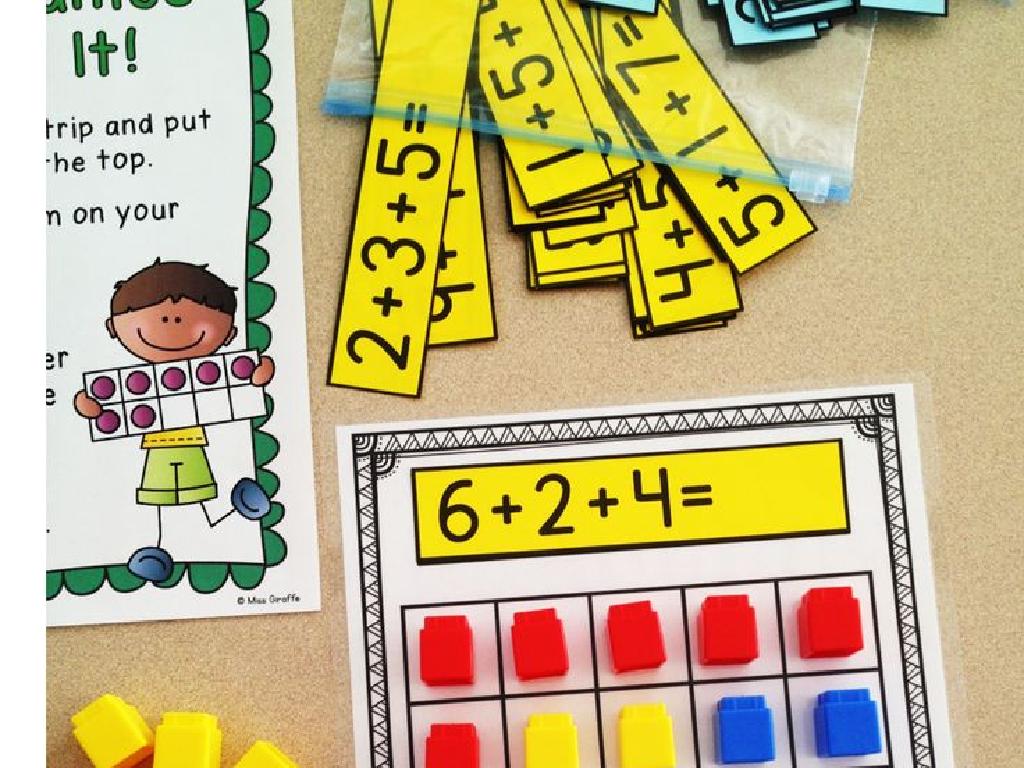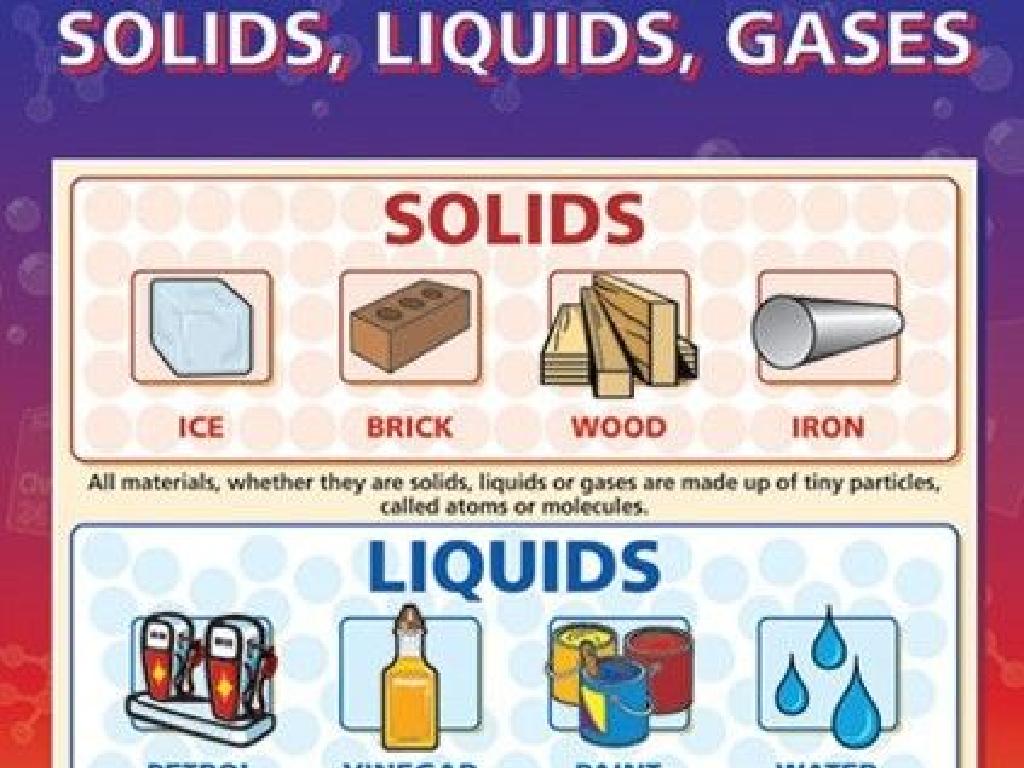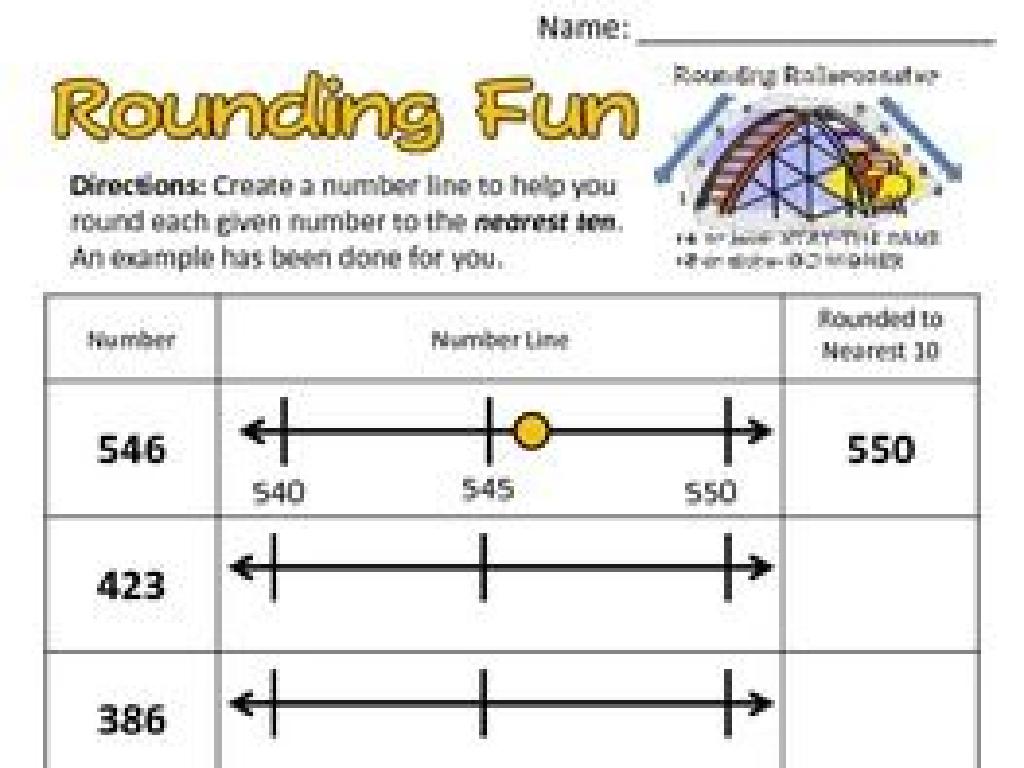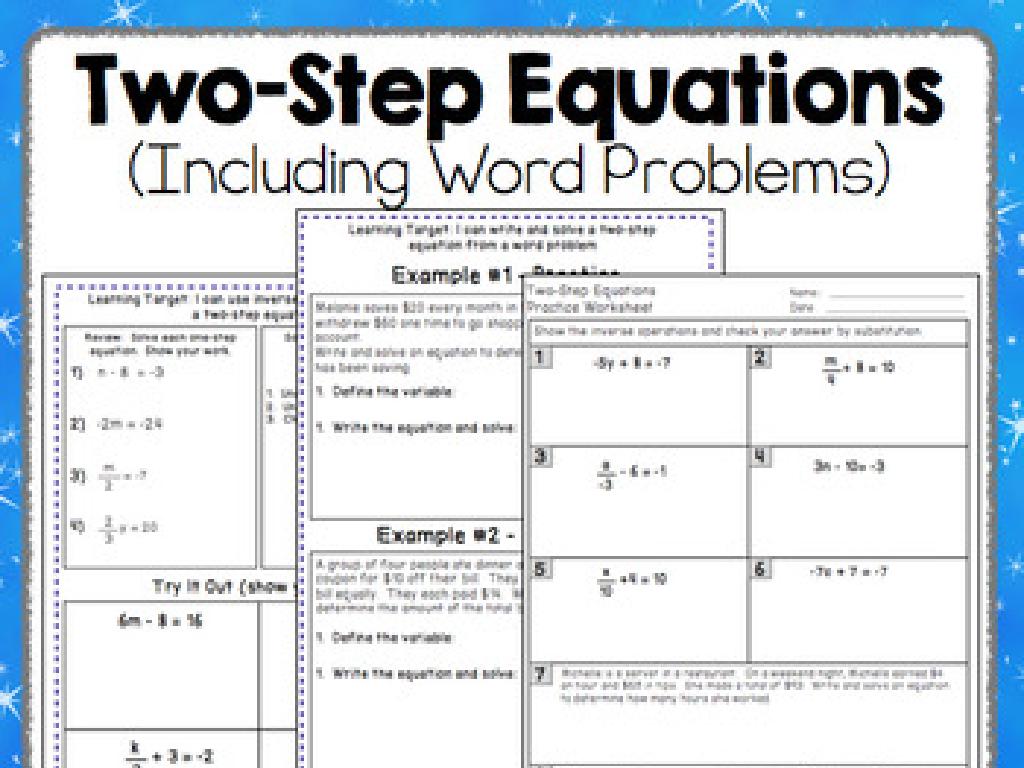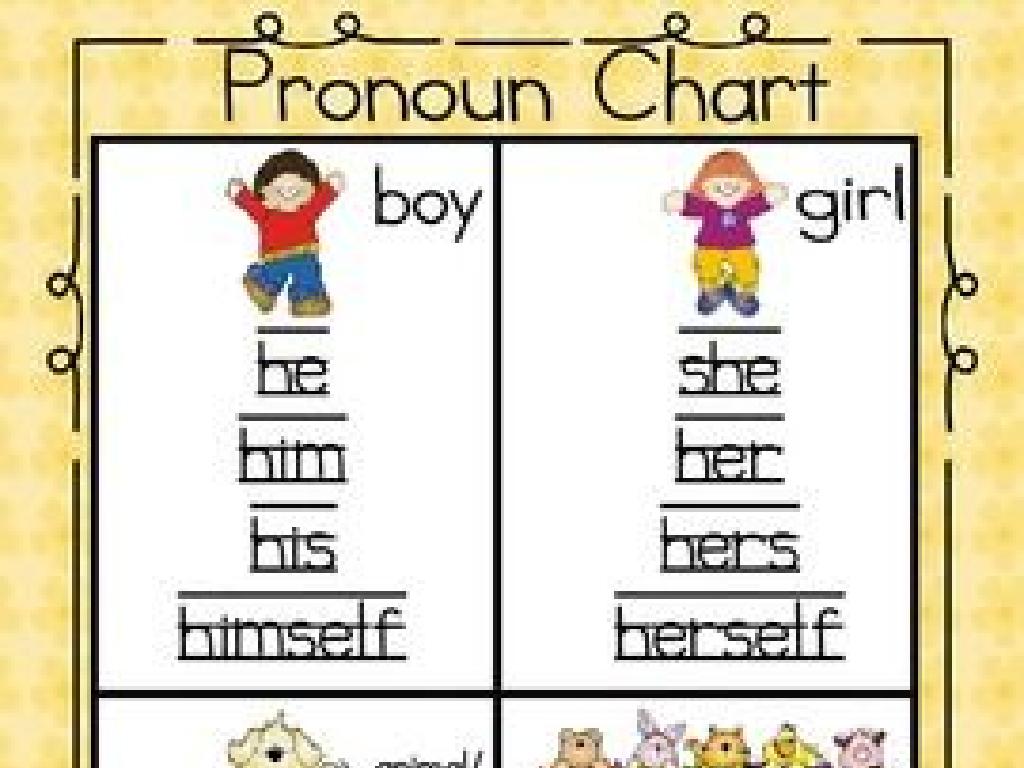Abraham Lincoln
Subject: Social studies
Grade: Third grade
Topic: Historical Figures
Please LOG IN to download the presentation. Access is available to registered users only.
View More Content
Getting to Know Abraham Lincoln
– Meet the 16th U.S. President
– Abraham Lincoln led the U.S. from 1861-1865
– Lincoln’s importance in history
– He worked to end slavery and unite the country
– America during Lincoln’s time
– Civil War era: a nation divided over many issues
– Lincoln’s impact on the nation
|
This slide introduces Abraham Lincoln, the 16th President of the United States, to third-grade students. It’s important to highlight why Lincoln is a significant figure in American history, emphasizing his leadership during the Civil War and his efforts to abolish slavery with the Emancipation Proclamation. Discuss the context of the time period, including the division of the nation over issues like slavery, to help students understand the challenges Lincoln faced. Lincoln’s dedication to preserving the Union and his belief in equality are key points to underscore. Encourage students to think about how one person can make a big difference in the country’s history.
Early Life of Abraham Lincoln
– Born on February 12, 1809
– Grew up in a log cabin
– Life on the frontier was tough, but taught Abe important life skills
– Loved reading and learning
– Books were rare; he read every book he could find
– Self-educated leader
– Despite little formal schooling, he became knowledgeable through self-study
|
Abraham Lincoln, the 16th President of the United States, was born in a humble log cabin, symbolizing the American pioneer spirit. His early life on the frontier was challenging, yet it shaped his character and work ethic. Lincoln had a passion for reading, which was remarkable given the scarcity of books at the time. This love for learning was a driving force in his life, leading him to educate himself on a wide range of subjects. As a teacher, encourage students to appreciate the value of education and perseverance as demonstrated by Lincoln’s life. Discuss the importance of making the most of available resources to learn and grow, just as Lincoln did.
Lincoln’s Road to Presidency
– Lincoln’s early political career
– Started as a local legislator and grew to a national figure.
– Famous debates and speeches
– His debates and speeches showed his leadership and vision.
– The 1860 presidential election
– Lincoln won the election and became the 16th President.
– Lincoln becomes President
|
This slide aims to outline Abraham Lincoln’s journey to becoming the President of the United States. Begin with his early political career, where he served as a local legislator, and discuss his rise to becoming a national figure. Highlight his skill in public speaking through his debates and speeches, which were instrumental in his political success. Explain the significance of the 1860 presidential election and how Lincoln’s victory led him to be the 16th President. Emphasize the importance of his leadership during a pivotal time in American history. Encourage students to think about the qualities that made Lincoln a great leader and how he used his words to influence others.
Abraham Lincoln and the Civil War
– The USA was divided during the war
– Some states wanted to leave the USA
– Lincoln led the nation bravely
– Lincoln worked to keep the country united
– The Emancipation Proclamation
– Lincoln’s order in 1863 to free slaves
– It was a step to end slavery
– This helped to stop slavery in America
|
This slide aims to introduce students to the critical period of the Civil War and Abraham Lincoln’s role as a leader. Discuss the division of the nation into the Union and the Confederate States and how Lincoln strived to keep the country together. Highlight the Emancipation Proclamation as one of Lincoln’s significant actions to end slavery. Use simple terms to explain the complex issues of the Civil War and slavery. Encourage students to think about the values of unity and freedom that Lincoln championed. You can also discuss how these historical events have shaped the nation’s history.
Lincoln’s Legacy
– The Gettysburg Address speech
– A speech about the Civil War and honoring soldiers.
– Lincoln’s vision for unity
– Lincoln wanted all states to stay together.
– Lincoln’s dream of freedom
– He believed in freedom for all people.
– Honoring Lincoln today
– Memorials and coins show our respect.
|
Abraham Lincoln’s legacy is a cornerstone of American history, which is highlighted by his famous Gettysburg Address. This speech, delivered during the Civil War, emphasized the importance of unity and the sacrifice of soldiers. Lincoln’s vision for America was one of a united country where all individuals are free. Today, we honor Lincoln’s contributions to our nation through various memorials, such as the Lincoln Memorial in Washington D.C., and his depiction on currency. When discussing Lincoln’s legacy, emphasize his dedication to unity and freedom, and how his ideals continue to shape America. Encourage students to think about what these concepts mean to them and how they see Lincoln’s influence in their own lives.
Class Activity: Be Like Lincoln
– Role-play as Abraham Lincoln
– Act out a day in Lincoln’s life, maybe as the President or a lawyer
– Write letters to or as Lincoln
– Write to Lincoln about your life or as Lincoln to a friend about his day
– Create a timeline of Lincoln’s life
– List important events from Lincoln’s birth to his role in the Civil War
– Discuss Lincoln’s impact on history
|
This interactive class activity is designed to help students empathize with Abraham Lincoln and understand his life and contributions. For the role-play, students can act out scenes from Lincoln’s life as a lawyer, a congressman, or his presidency. When writing letters, they can express their thoughts on events of the time or ask questions they think a friend of Lincoln might have had. Creating a timeline will help them visualize the sequence of significant events and understand the chronology of his life. Discussing his impact allows students to reflect on how Lincoln’s decisions still affect us today. Possible activities include: 1) Reenacting the Gettysburg Address, 2) Writing a letter to a soldier during the Civil War, 3) Mapping out Lincoln’s life events on a classroom timeline, 4) Debating as Lincoln in a classroom recreation of the Lincoln-Douglas debates, 5) Composing a journal entry as Lincoln during a pivotal moment in his presidency.

